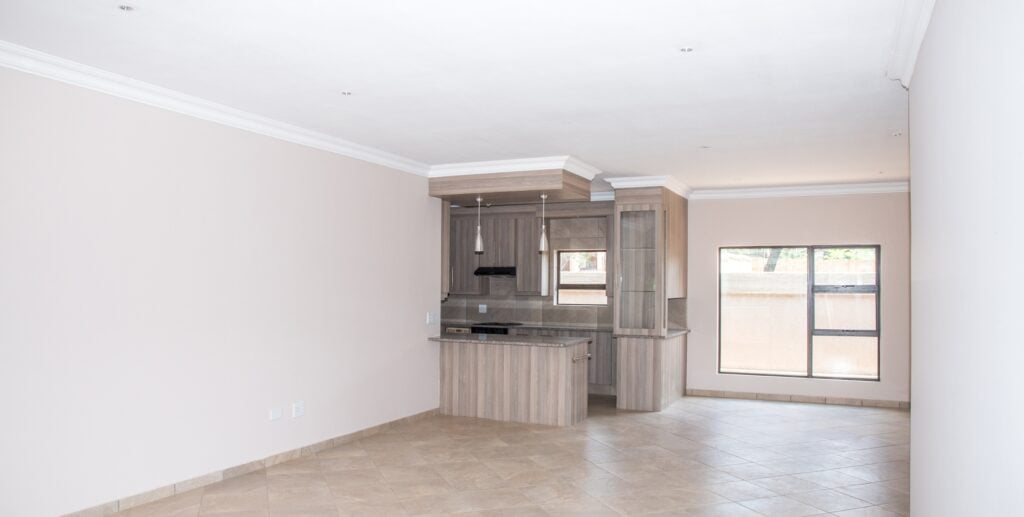Servicers have known the loss mitigation waterfalls enacted during the COVID-19 pandemic were eventually going to change. But a recent acceleration of the new governance has left the industry with only six months to make critical adjustments to loss mitigation workflows.
When the U.S. Department of Housing and Urban Development (HUD) issued a Mortgagee Letter outlining the loss mitigation program changes, the effective date was set for February 2026. However, a new letter issued in April moved the implementation deadline up to Oct. 1, 2025, leaving servicers with a much tighter time frame to ready their teams and technology to comply with the new requirements.
According to HUD Mortgagee Letter 2025-12, the changes are intended to “prevent foreclosures while protecting taxpayers and mitigating financial risks to the Mutual Mortgage Insurance Fund (MMIF).” One common problem these changes are trying to address is loss mitigation churning —where customers repeatedly switch between different loss mitigation options without making progress towards financial stability. And while the spring 2025 Mortgagee Letter from HUD goes into detail about the new requirements, there are still many questions from servicers as they face the rapidly approaching deadline.
Five things to consider as you prepare for October 1
These changes do not revert loss mitigation requirements back to what they were pre-pandemic. Instead, after Sept. 30, servicers will have to support a completely new set of requirements that include complex provisions and conditional logic that can drastically affect how loss mitigation workflows are handled from customer to customer.
There are four main aspects to the changes that servicers need to be paying attention to ahead of the Oct. 1 deadline.
Conditional logic in the waterfall process
The new provisions introduce significant changes to the loss mitigation options and waterfall process, including the use of conditional logic to determine the lowest payment among certain loss mitigation options. The Mortgagee Letter outlines borrower and property eligibility criteria and standards that will drive the loss mitigation evaluation outcome.
When handled manually, this complicated process can represent a major time sink for servicers as it often requires careful evaluation of all the assistance programs for which a customer could be eligible.
Technology can streamline the loss mitigation evaluation, including each loss mitigation option’s eligibility criteria, calculations, and conditional requirements.
The expansion of trial payment plans
A significant change going into effect on Oct. 1, is that HUD will require servicers to include Trial Payment Plans (TPPs) for Permanent Home Retention Options and Outside the Waterfall Loan Modifications (OWL). This marks a significant shift from the current requirements, where only two scenarios require a TPP: borrowers who are current or less than 30 days delinquent (imminent default) and those who obtained ownership of the property through death, divorce or other protected property transfer.
The introduction of TPPs across the board is one of the major pillars of reducing loss mitigation churning.
Borrower attestation and frequency of loss mitigation
The new loss mitigation workflows will also require other guardrails to protect against ineffective loss mitigation. For example, borrowers will not be eligible to receive more than one Permanent Home Retention Option in a 24-month period.
Additionally, customers must attest to their ability to afford the payment terms drawn up by the servicer. This Affordability Attestation combined with a TPP is designed to reduce the risk of default by verifying that customers can afford the payment terms. This new requirement, however, has raised questions and created operational and compliance challenges, despite a clarification on this and other issues in Mortgagee Letter 2025-14.
Servicers must still decide how and when to capture the borrower’s attestation to avoid slowing down an offer of loss mitigation, to avoid complications associated with TPPs and to determine when failure has occurred.
Solicitation for unresponsive customers
HUD has also created a new workflow for servicers to pursue when customers become unresponsive. A new OWL kicks in when borrowers are “unresponsive” to their servicer’s requests. For example, if the Borrower Affordability Attestation is not returned within 30 days, borrowers are considered unresponsive and must be evaluated for an OWL modification.
Notices and documents
The Mortgagee Letter outlines various notices that servicers must provide to the borrowers in need of assistance. Servicers must outline the terms of forbearance and repayment plans, obtain imminent default certifications and Affordability Attestations, provide Trial Payment Plan Agreements/terms, continue to communicate offered loss mitigation options and denials, and obtain executed agreements or legal documents. Servicers should work with their technology providers for support for the various notices and document fulfillment requirements.
Navigating the continually updated guidance around loss mitigation tools
These new provisions are complex, and with limited time to implement, servicers need to move quickly to meet the Oct. 1 deadline. While industry associations work to clarify ambiguities, servicers can seek support from their technology partners for solutions that will help them navigate the changing governance. By moving fast to align teams, processes and systems with new requirements, servicers can position themselves and homeowners for a smoother transition.
Vicki Vidal is the Senior Regulatory Counsel, Compliance at ICE Mortgage Technology.
This column does not necessarily reflect the opinion of HousingWire’s editorial department and its owners.
To contact the editor responsible for this piece: [email protected].



















 English (US) ·
English (US) ·